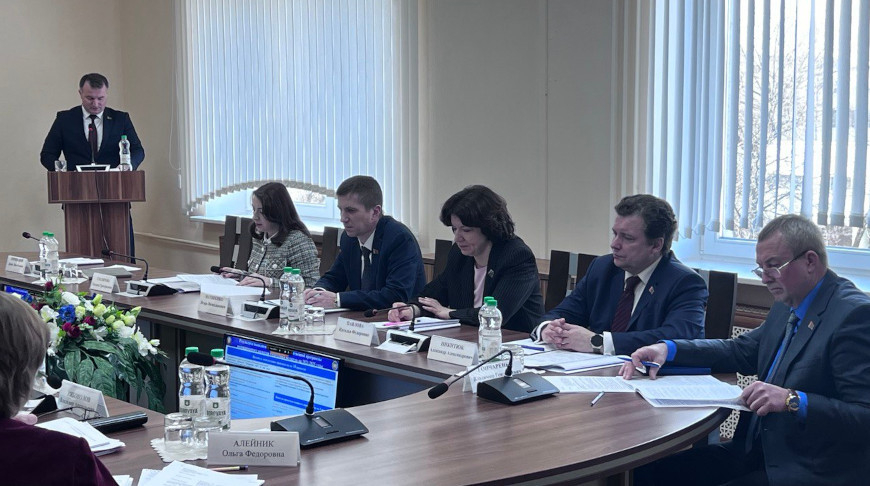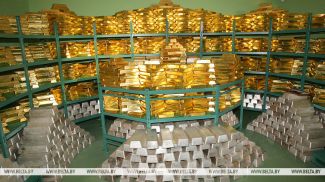
Photo courtesy of the State Committee on Science and Technology
MINSK, 6 March (BelTA) – Companies residing in Belarusian technoparks nearly doubled the output of their products in 2023, BelTA learned from First Deputy Chairman of the State Committee on Science and Technology of Belarus Denis Korzhitsky at a session of the committee’s board.
Denis Korzhitsky said: “The state program on innovation-driven development is the main tool for realizing the government’s policy in the sphere of innovations. At present the program includes 92 projects. As many as 41.3% of them are based on technologies of the 5th and 6th technological paradigms. The government program provides not only for implementing the projects but also for taking steps to develop Belarus’ innovation infrastructure.”
At present 16 science and technology parks, six technology transfer centers, the Belarusian Innovative Foundation, and the National Center of Intellectual Property operate in the country.
In 2023 the total number of workers employed by the companies residing in the technoparks increased by 448 people, more than 9% up from 2022, to a total of 5,323. The output of goods and services by the technopark residents nearly doubled in comparison with 2022 to approach Br830 million. The resident companies exported over Br350 million worth of merchandise and services, 43% of their total output. The figure rose by 2.5 times in comparison with 2022.
In 2024 the State Committee on Science and Technology intends to monitor the operation of technoparks taking into account their approved development models, help promote R&D products developed by the resident companies at the agency’s exhibition events, approve methodological recommendations on developing business projects for technology transfer centers. Plans are also in place to look into the matter of developing a financial model for innovative development foundations taking into account the priority need to spend their money on innovative projects, including project funding together with the Belarusian Innovative Foundation.
In 2023 as many as ten new manufacturing facilities were commissioned in line with the state program, including 60% in the regions. For instance, the Krasny Pischevik - Slavgorod enterprise set up an export-oriented and import-substituting facility to make confectionery goods. As many as 114 jobs were created. As much as 2,500 tonnes of merchandise worth about Br12 million was made. The enterprise exported Br2.5 million worth of merchandise (to Russia and China).
Apart from that, six enterprises reached their designed output capacity, including the capacity to make electricity (the Belarusian nuclear power plant), rapidly dissolving whole milk powder and skimmed milk powder (Slutsk Cheese-Making Plant), high-tech products made of composite materials for the aerospace industry and the defense industry (the Powder Metallurgy Institute of the National Academy of Sciences of Belarus), complex curved laminated glass and hardened glass for transport vehicles (UChPP KUVO). Denis Korzhitsky noted that over 2,500 jobs had been created and upgraded as a result of implementation of the completed projects.
The share of high-tech and science-intensive products in Belarus’ export amounted to 39.5%, with the target set at 34.5%.
In 2023 the total number of applications for documents to protect rights to industrial property law objects amounted to 7,874 (102.3% as against 2022). 2023 saw more applications for invention patents (105% as against 2022), including domestically. Denis Korzhitsky attributed the growth of the aforementioned administrative procedures and hence the increase in patent fees to the return of foreign copyright holders and to an increase in applications from Belarus residents.













